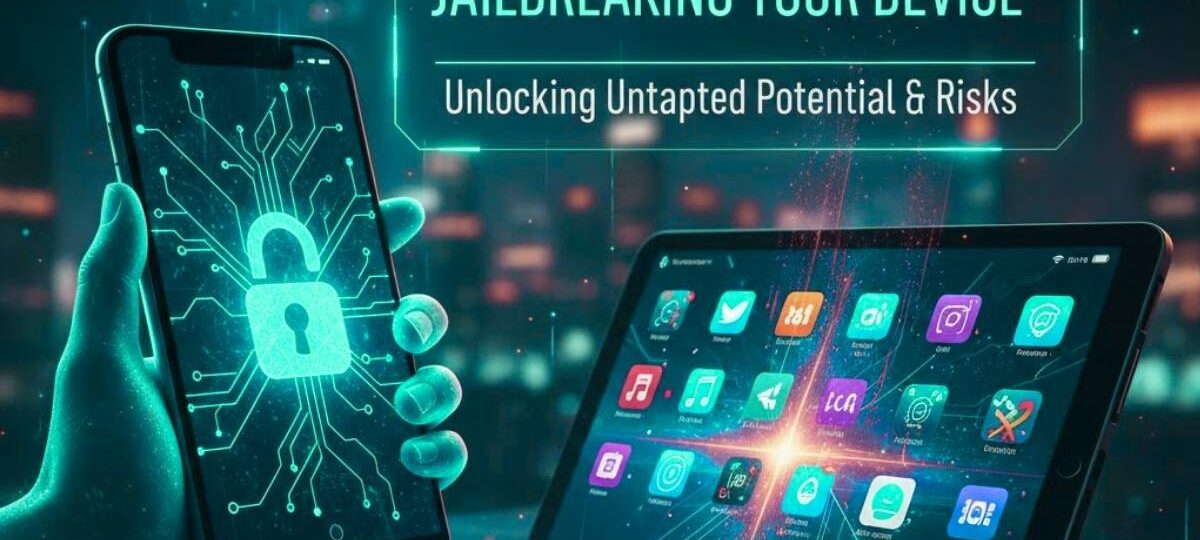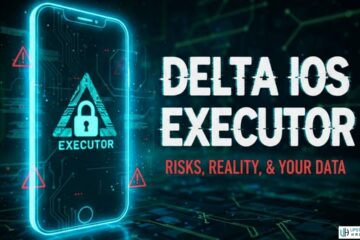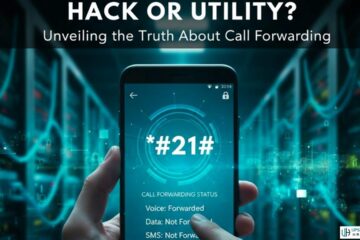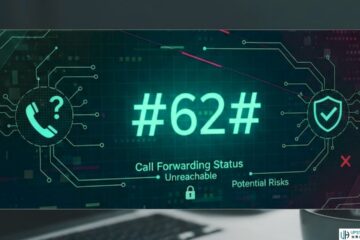Your smartphone or tablet often acts as a gateway to limitless possibilities. Yet, despite their advanced capabilities, these devices come with restrictions that can limit their full potential. Enter the concept of jailbreaking, a practice that, while controversial, offers a pathway to customize and enhance your device beyond its factory settings.
As you delve into the world of jailbreaking, it becomes crucial to understand both the opportunities and risks involved. This guide aims to equip you with the knowledge needed to make informed decisions about unlocking your device and exploring its untapped capabilities.
What Is Jailbreaking? Definition and Explanation
Overview of Jailbreaking
Jailbreaking refers to the process of removing software restrictions placed by manufacturers on electronic devices, predominantly smartphones and tablets. This practice is primarily associated with iOS devices given Apple’s stringent security protocols. By bypassing these limitations, users gain the ability to install unauthorized applications and personalize their devices beyond what the default settings permit.
How Jailbreaking Works
The mechanics of jailbreaking involve exploiting vulnerabilities in the device’s operating system to gain administrative—or root—access. Different techniques are employed depending on the device and security measures in place, such as bootloader exploits or kernel patches. Notably, there are various jailbreaking types, including tethered, untethered, and semi-tethered, each differing in accessibility and persistence. For instance, untethered jailbreaks maintain their functionality even after a device reboot, ensuring continuous access to additional features.
Implications of Jailbreaking
While jailbreaking offers enhanced customization and access to hidden features, it carries significant risks. Once jailbroken, devices become susceptible to security threats such as malware and unauthorized access, as common safeguards are removed. Furthermore, warranty and technical support are often voided, and users face potential legal and ethical considerations when violating terms of service through unauthorized software installation.
Why Would You Jailbreak an iPhone?
Increased Customization
One of the primary motivations behind jailbreaking an iPhone is unlocking a realm of customization possibilities far beyond Apple’s default settings. It allows you to modify the aesthetic elements of your device, altering everything from icon layouts to animation speeds. This customization freedom extends to adding new gestures and modifying interface elements to create a personalized user experience. Such control is particularly appealing for users who wish to tailor their device to their specific tastes and functional needs.
Expanded App Access
Jailbreaking opens the door to a wider universe of applications and tweaks unavailable on the Apple App Store. Users gain the ability to download third-party apps that offer extended functionalities like call recording, system-wide ad blocking, and access to emulators, thereby expanding their device’s capabilities. These apps often include features that Apple restricts, providing more flexibility to enhance the iOS experience.
Removing Restrictions
Moreover, jailbreaking can remove various restrictions that Apple imposes on its devices. For instance, it can help in bypassing carrier locks and allowing apps to continue running in the background, which can enhance multitasking and potentially optimize battery life. Despite the appeal of such benefits, it’s critical to weigh these against the potential security and stability risks associated with jailbreaking.
What Does Jailbreaking Do? Exploring the Benefits and Features
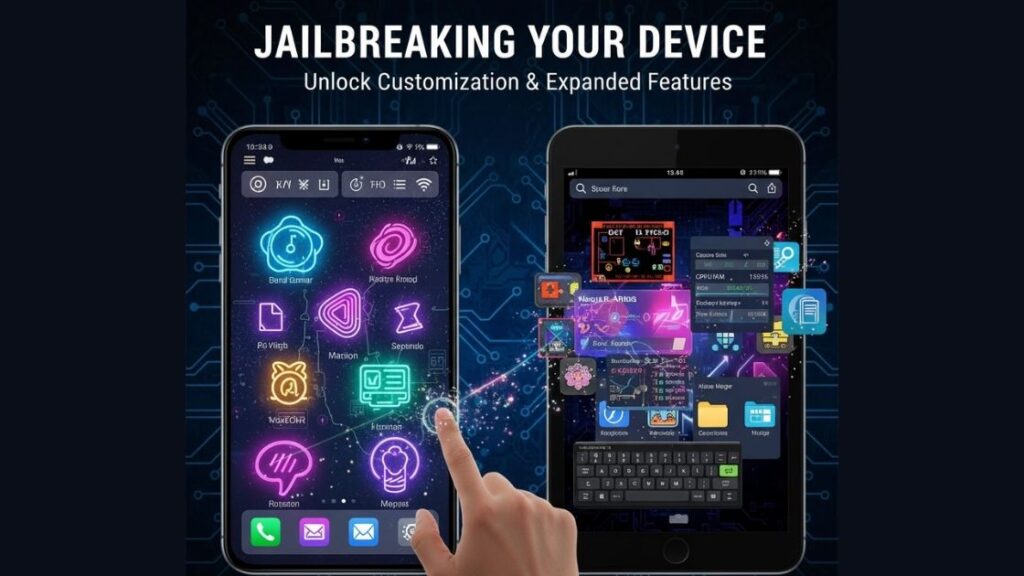
Customization and Personalization
Jailbreaking significantly enhances customization options, liberating your device from the constraints imposed by manufacturers like Apple. Once jailbroken, you’re empowered to modify the user interface in ways previously inaccessible. Imagine tailoring your home screen’s appearance, altering status bar elements, or enabling dark mode features—it makes these customizations possible. Additionally, it allows for unique functionality such as gesture controls, offering a more intuitive and personalized device interaction.
Expanding Functionality
The allure of jailbreaking also lies in its potential to broaden a device’s capabilities. Users gain the ability to install third-party apps and tweaks that bypass the limitations of official app stores. This opens doors to innovative applications and system modifications that can enhance productivity, such as multitasking enhancements and keyboard shortcuts, or allow for unconventional utilities like emulators. Moreover, features like tethering and accessing the file system become accessible, extending the functional scope of your device far beyond its factory settings.
Access to Additional Features
Jailbreaking also unlocks anti-theft features and alternative security utilities not sanctioned by the device manufacturer. While these benefits are enticing, it’s crucial to remain aware of potential security vulnerabilities, increased risk of malware, and possible stability issues. Despite these risks, the expanded operating capabilities provided by jailbreaking can be a compelling advantage for tech-savvy users seeking to push their devices to their limits.
Is Jailbreaking Safe? Security Risks and Considerations
Understanding the Security Risks
Engaging in jailbreaking grants users the power to customize their devices extensively, but it also poses significant security concerns. The primary drawback is the exposure to increased security vulnerabilities. By bypassing the manufacturer’s security protocols, your device becomes more susceptible to malware and cyberattacks. Cybercriminals can exploit these vulnerabilities to steal sensitive information or introduce malicious software, leading to data breaches and unauthorized system access.
Considerations for Stability and Manufacturer Support
Beyond security risks, jailbreaking can significantly impact your device’s performance and stability. Users often report system crashes, reduced battery efficiency, and overall instability. This instability stems from the unauthorized apps and customizations that may not be fully compatible with the device’s hardware. Additionally, if you choose to jailbreak, your warranty is likely void, and you’ll lose official support from the manufacturer. Moreover, automatic software updates become unavailable, leaving your devices and data vulnerable to new threats and bugs.
Ultimately, while jailbreaking offers enticing customization options, the substantial risks to your device’s security, performance, and support structure must be carefully weighed. Before proceeding, consider whether the benefits outweigh the potential consequences.
Is It Illegal to Jailbreak? Understanding the Legal and Ethical Implications
Legal Status of Jailbreaking
Jailbreaking, a technique often applied to smartphones and other electronic devices, generally falls into a gray area legally. In many countries, including the United States, jailbreaking is permissible for personal, non-commercial use. Since 2010, it has been legal to jailbreak phones in the US, allowing users to subvert manufacturer-imposed restrictions to gain more control over their devices. However, the legality can vary widely between regions, with some interpreting it as a violation of intellectual property laws. It’s crucial to check local regulations before proceeding with jailbreaking to ensure compliance and avoid potential legal repercussions.
Ethical Considerations
Beyond legalities, there are ethical factors to consider when deciding to jailbreak your device. Technically, jailbreaking can void the device’s warranty, eroding the manufacturer’s responsibility for maintaining or repairing the product. Moreover, this process may inadvertently expose the device to security vulnerabilities, heightening the risk of malware attacks and privacy breaches. By circumventing built-in protections, you hold a greater responsibility for safeguarding your device and personal data. While jailbreaking can offer enhanced customization and functionality, these benefits should be weighed against the ethical obligation to maintain device integrity and security.
What Happens if an iPhone Is Jailbroken? Potential Impacts and How to Fix Issues
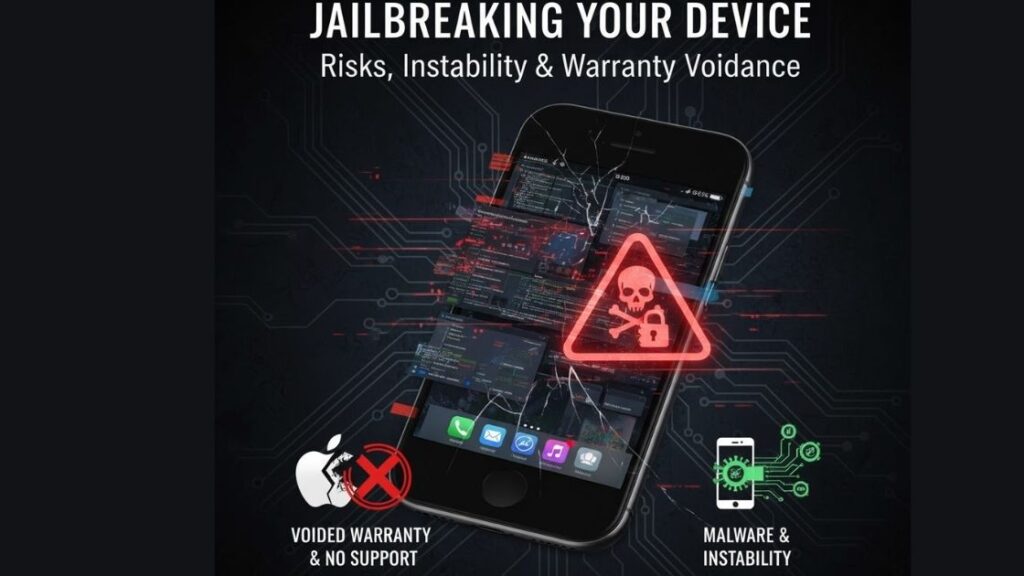
Security Vulnerabilities and Instability
If you’re considering jailbreaking your iPhone, it’s crucial to understand the security ramifications. Jailbreaking removes the built-in protections designed by Apple, leaving your device vulnerable to malware, hacking, and data theft. This lack of security can significantly increase the risk of personal information being compromised. Moreover, unauthorized modifications can destabilize your phone, leading to frequent crashes, freezes, and even data loss, making daily operations troublesome according to Apple.
Warranty and Support Issues
Jailbreaking an iPhone voids its warranty, meaning Apple will no longer provide support or repair services for devices with modified software. This is a significant consideration, as any hardware or software issues arising from jailbreaking will not be covered. Furthermore, jailbroken devices may experience difficulty with receiving future software updates, which can lead to further complications.
Fixing Jailbreaking Issues
Should issues arise, they can often be resolved by restoring the device to its factory settings. This process will remove the jailbreak and associated modifications, reinstating the original iOS and resolving many performance issues. This reset is the primary remedy available for users experiencing stability problems and can restore functionality to services disrupted by the jailbreak.
Conclusion
In conclusion, understanding jailbreaking offers you a pathway to unlock your device’s full potential, granting unprecedented access and customization. However, this journey requires careful consideration of the associated risks, including security vulnerabilities and warranty voidance.
By equipping yourself with comprehensive knowledge and a cautious approach, you can harness the benefits while minimizing drawbacks. As technology continues to evolve, staying informed becomes imperative. Empower yourself with the insights provided, allowing you to make informed decisions about your digital freedom.
Ultimately, the choice to jailbreak should align with your personal needs and technological prowess, ensuring a balanced and secure digital experience.
See Also: How to Activate Google Chrome Dark Mode: A Step-by-Step Guide

